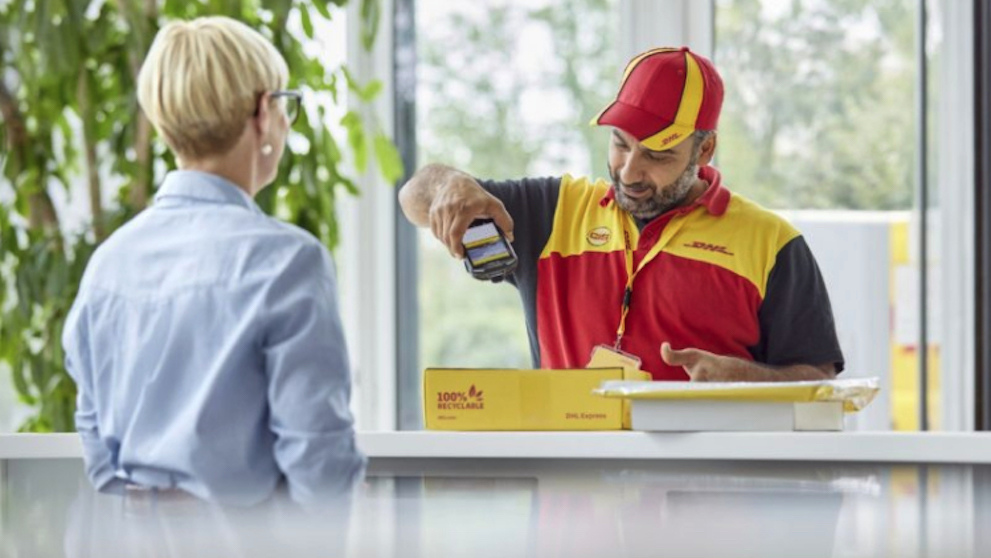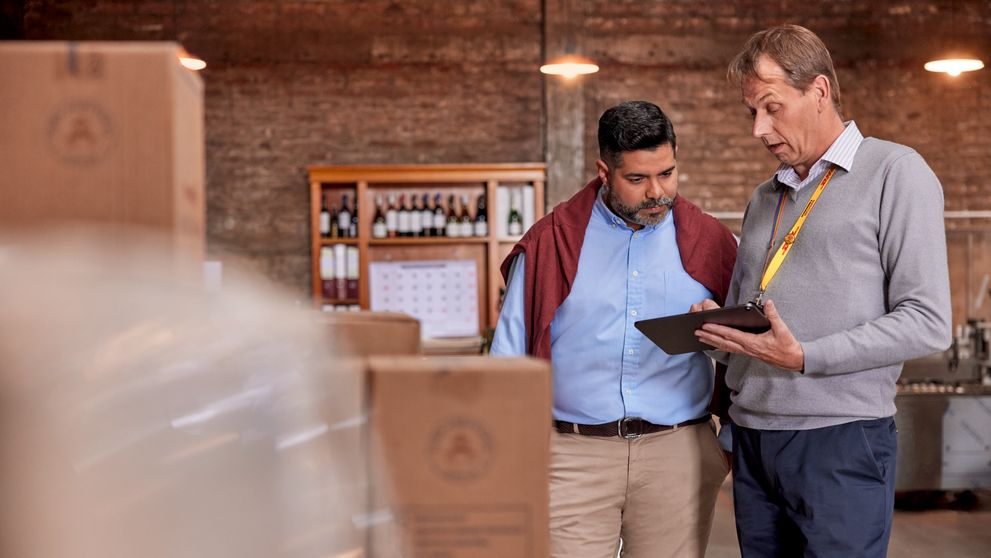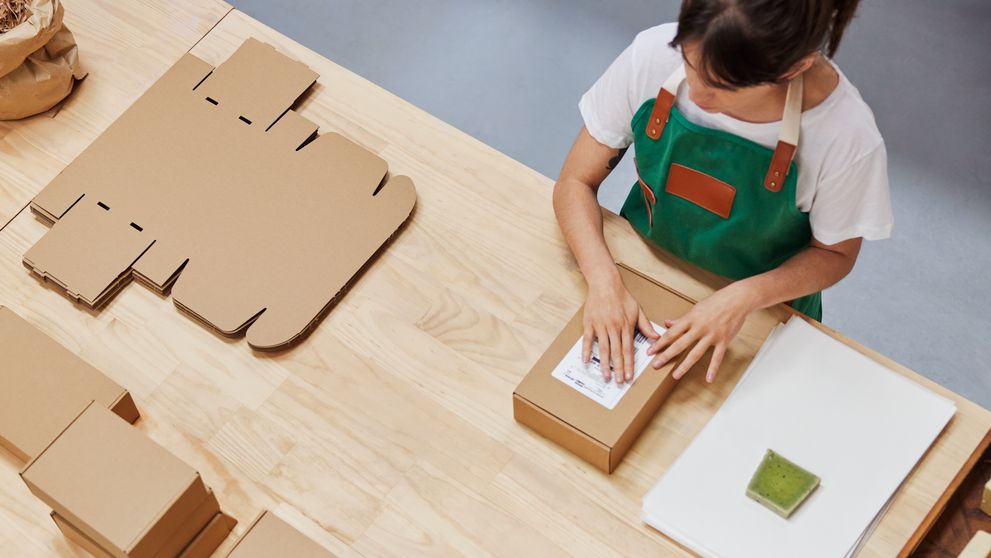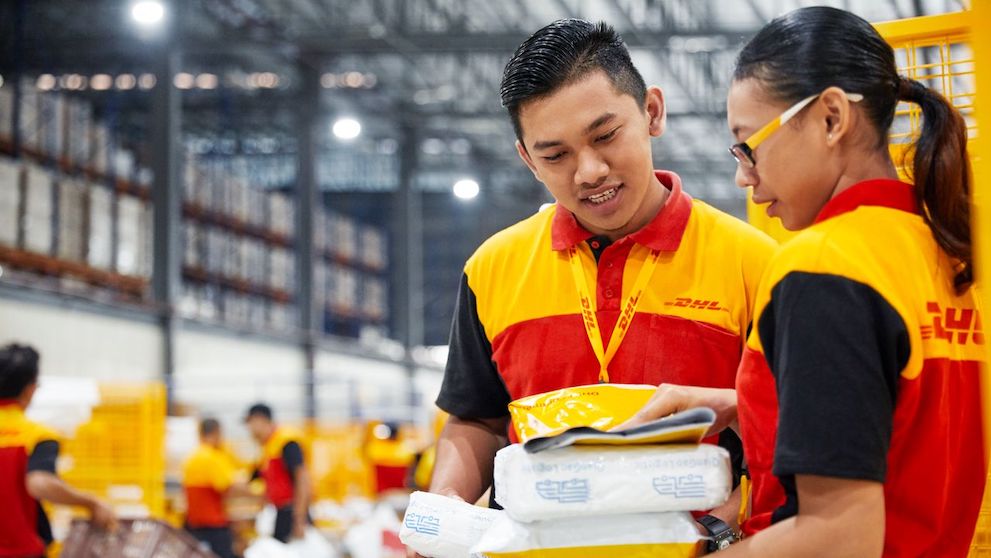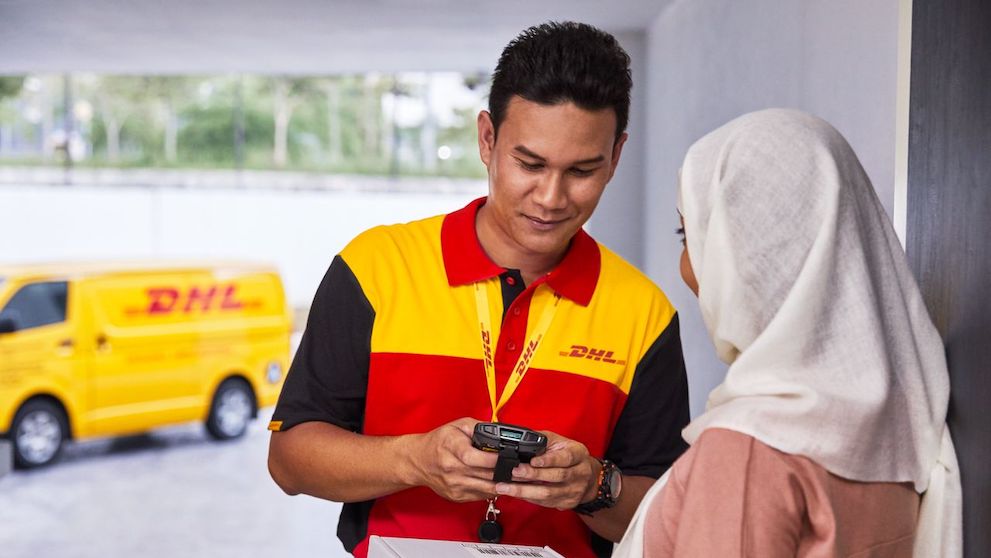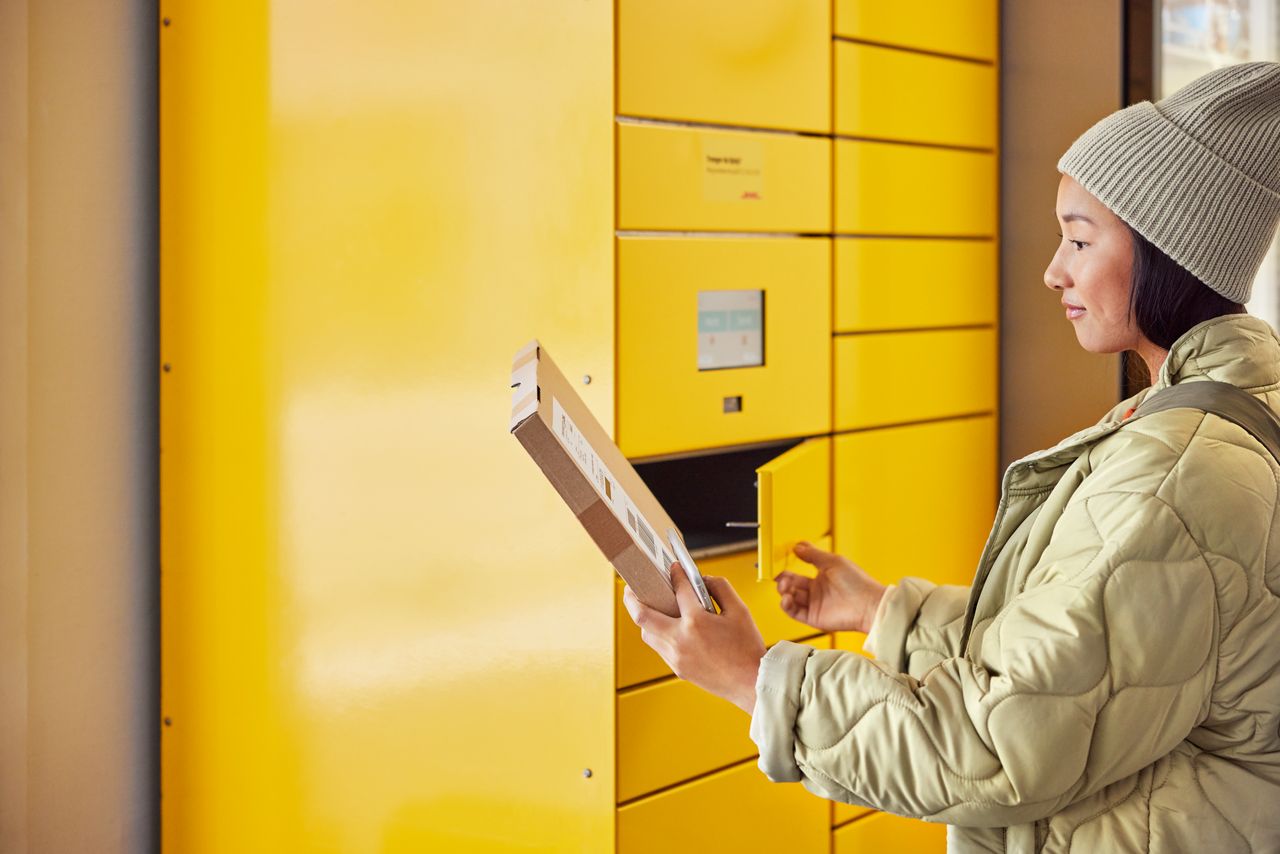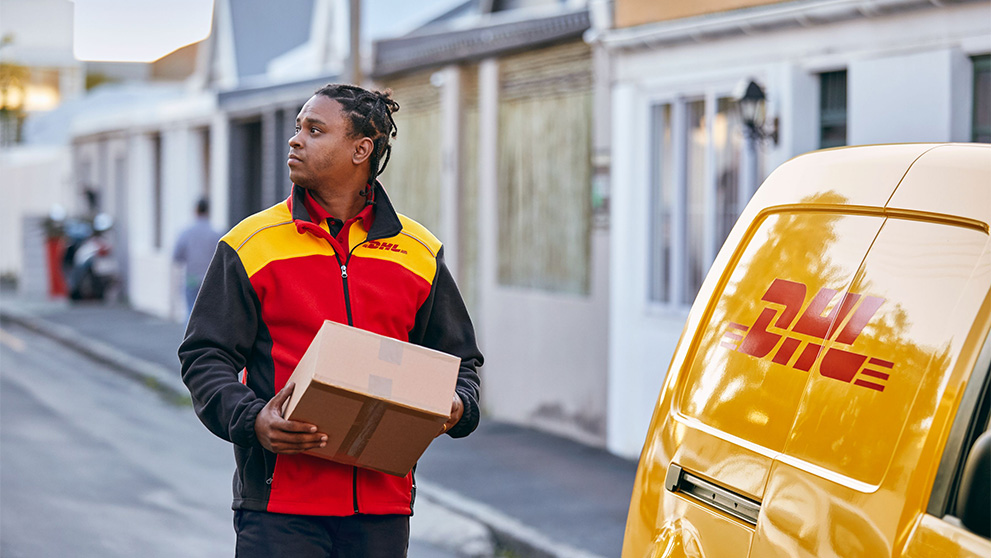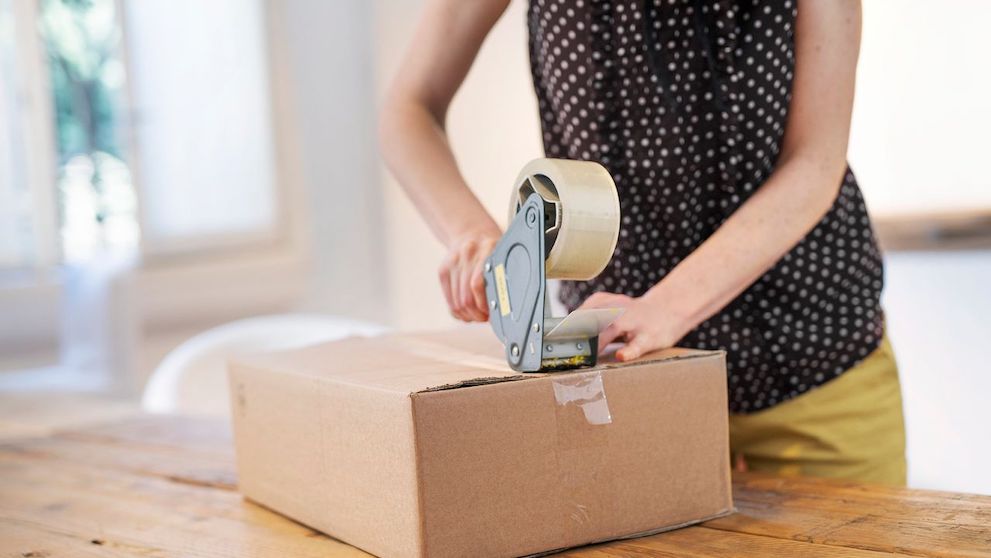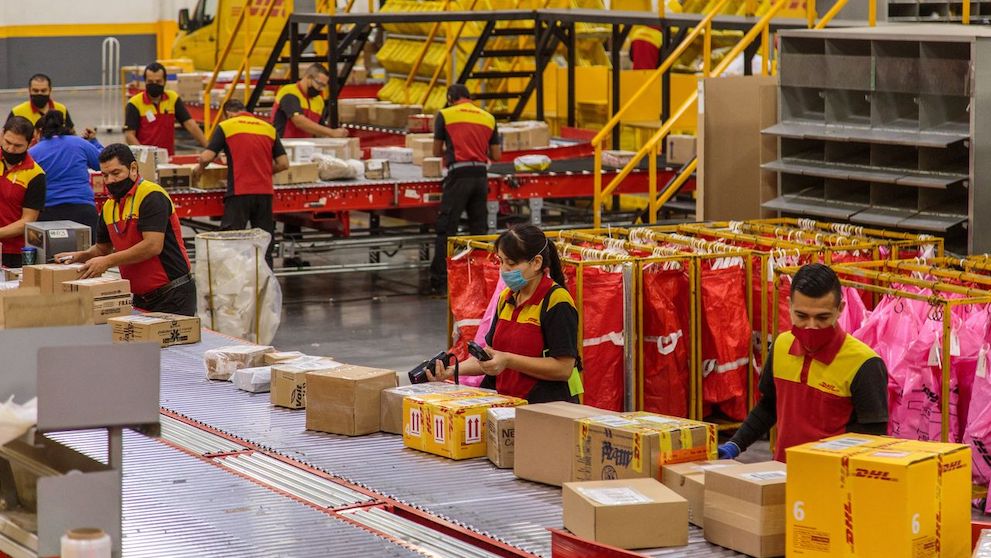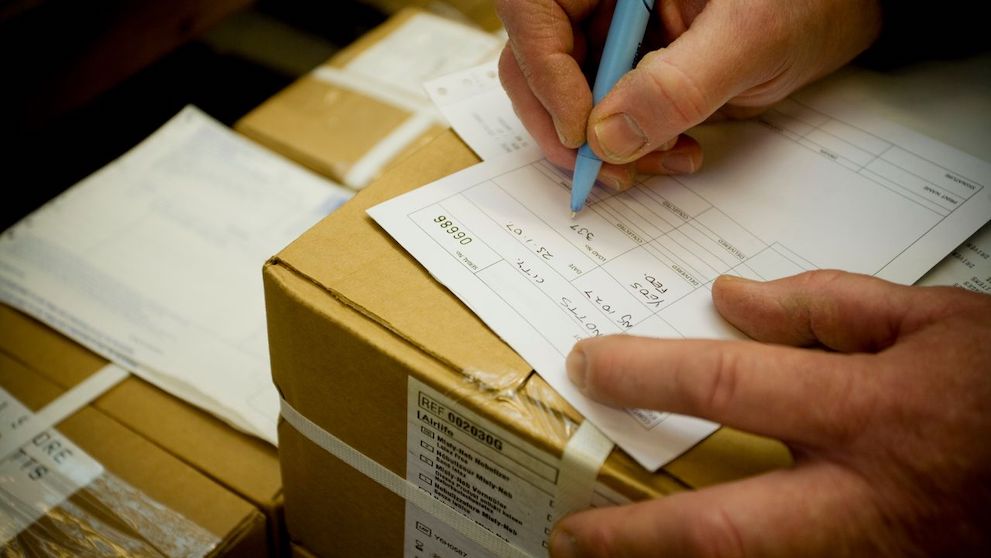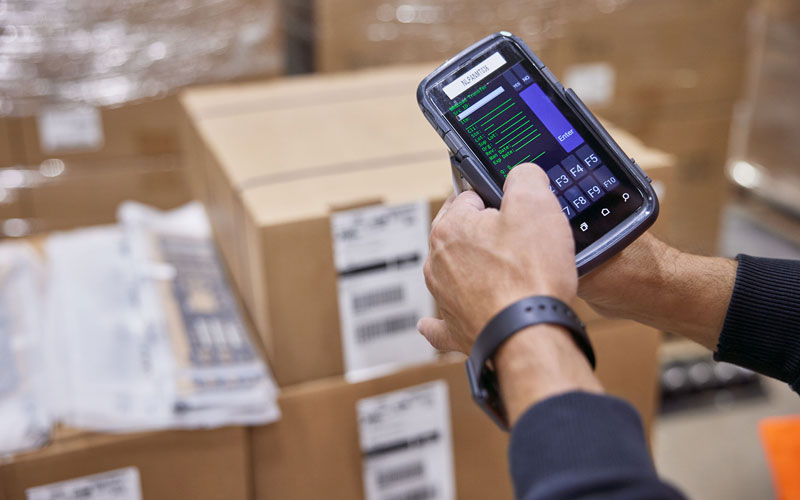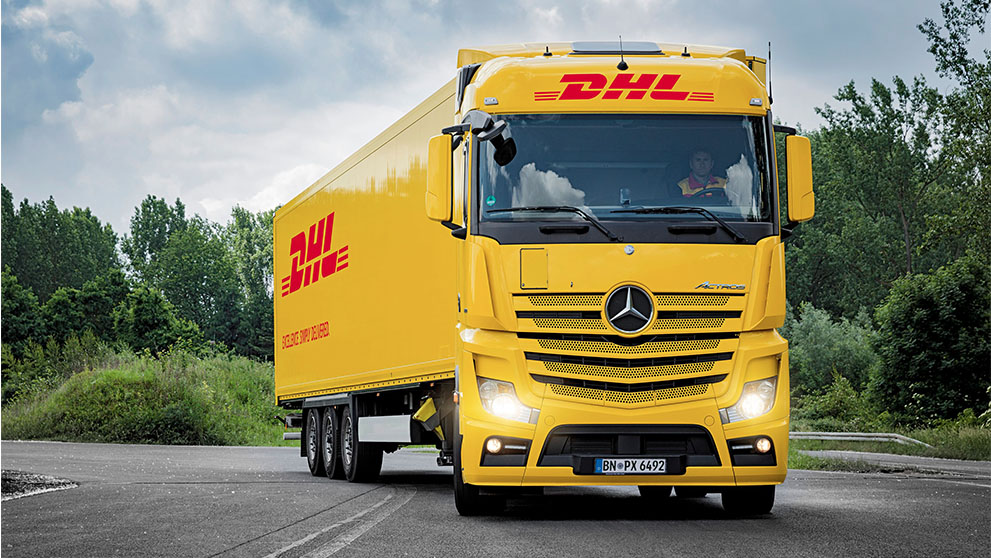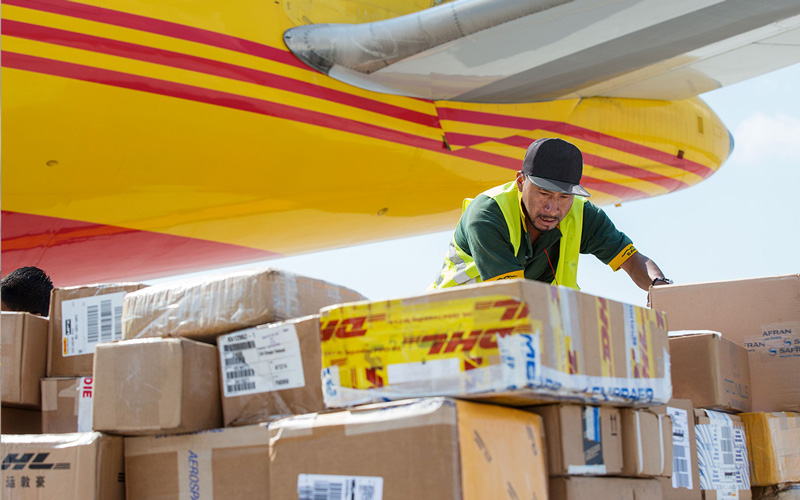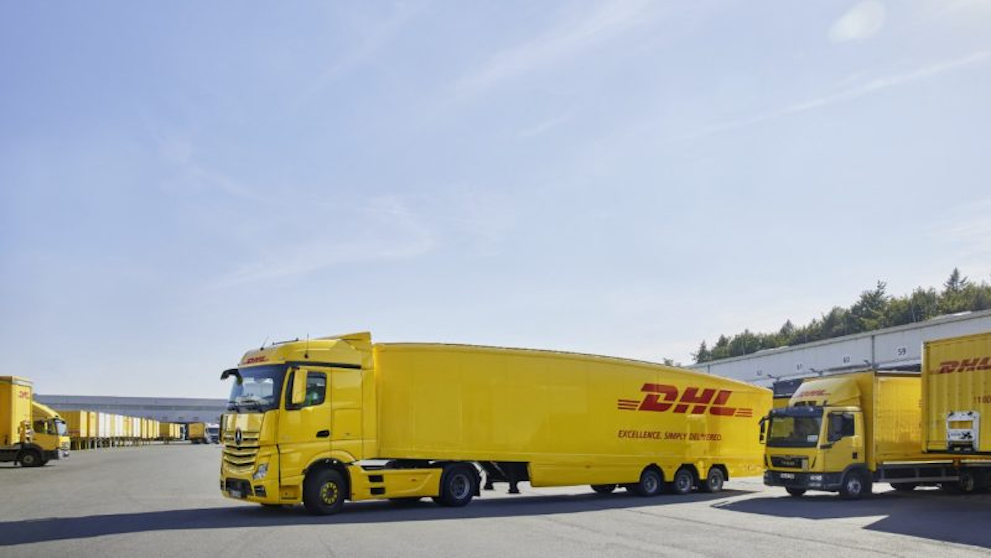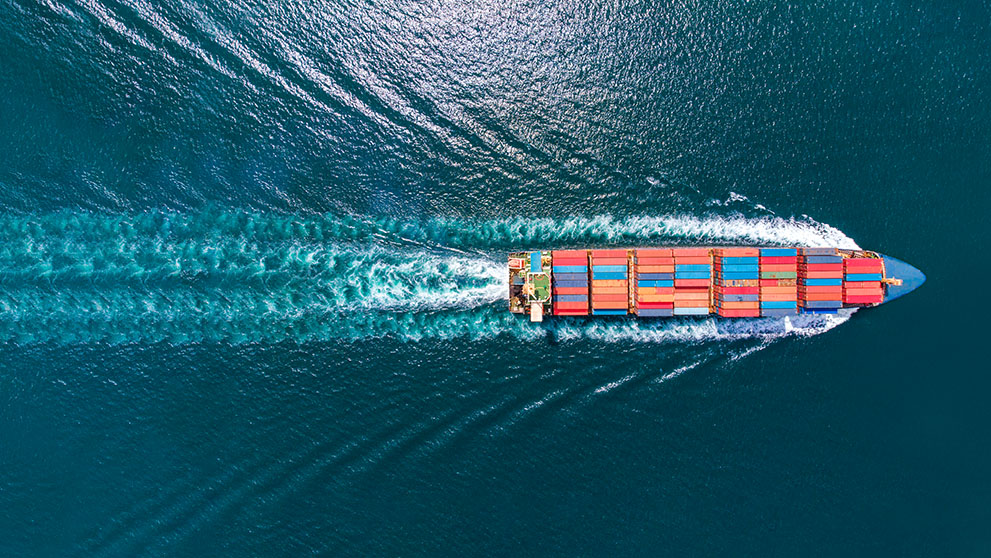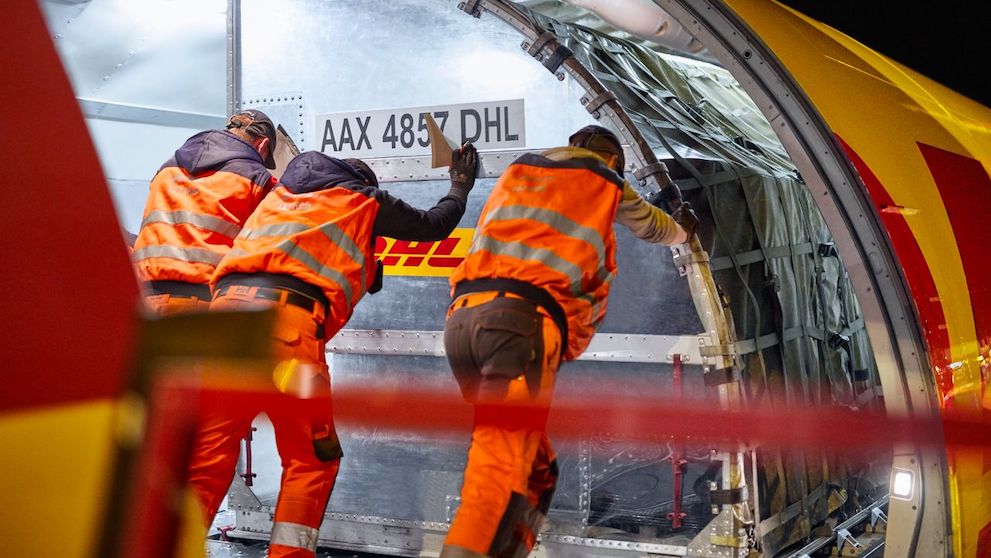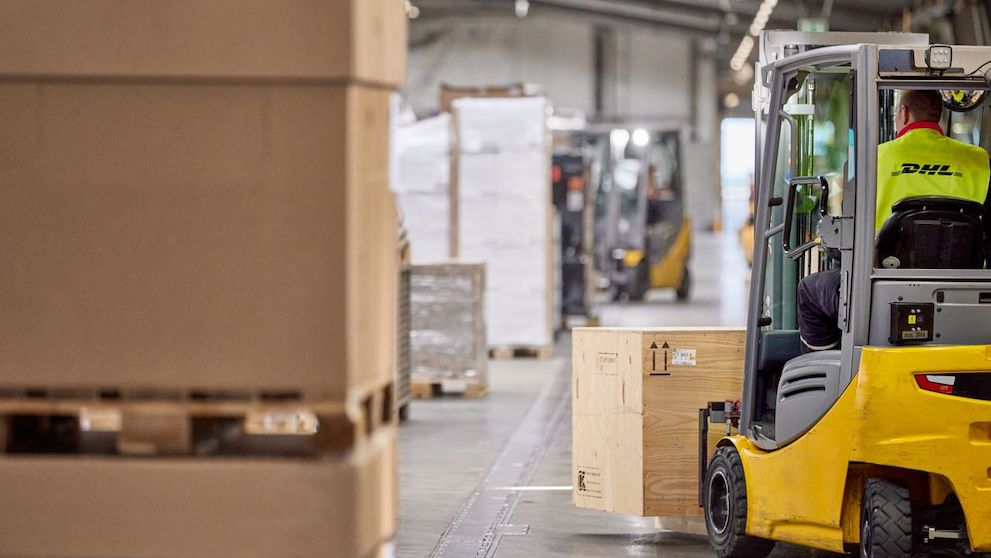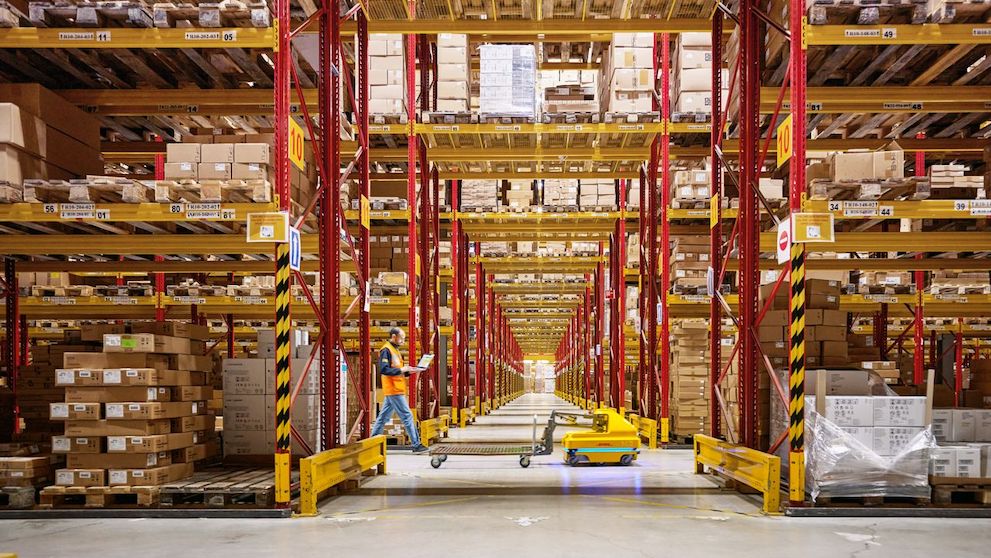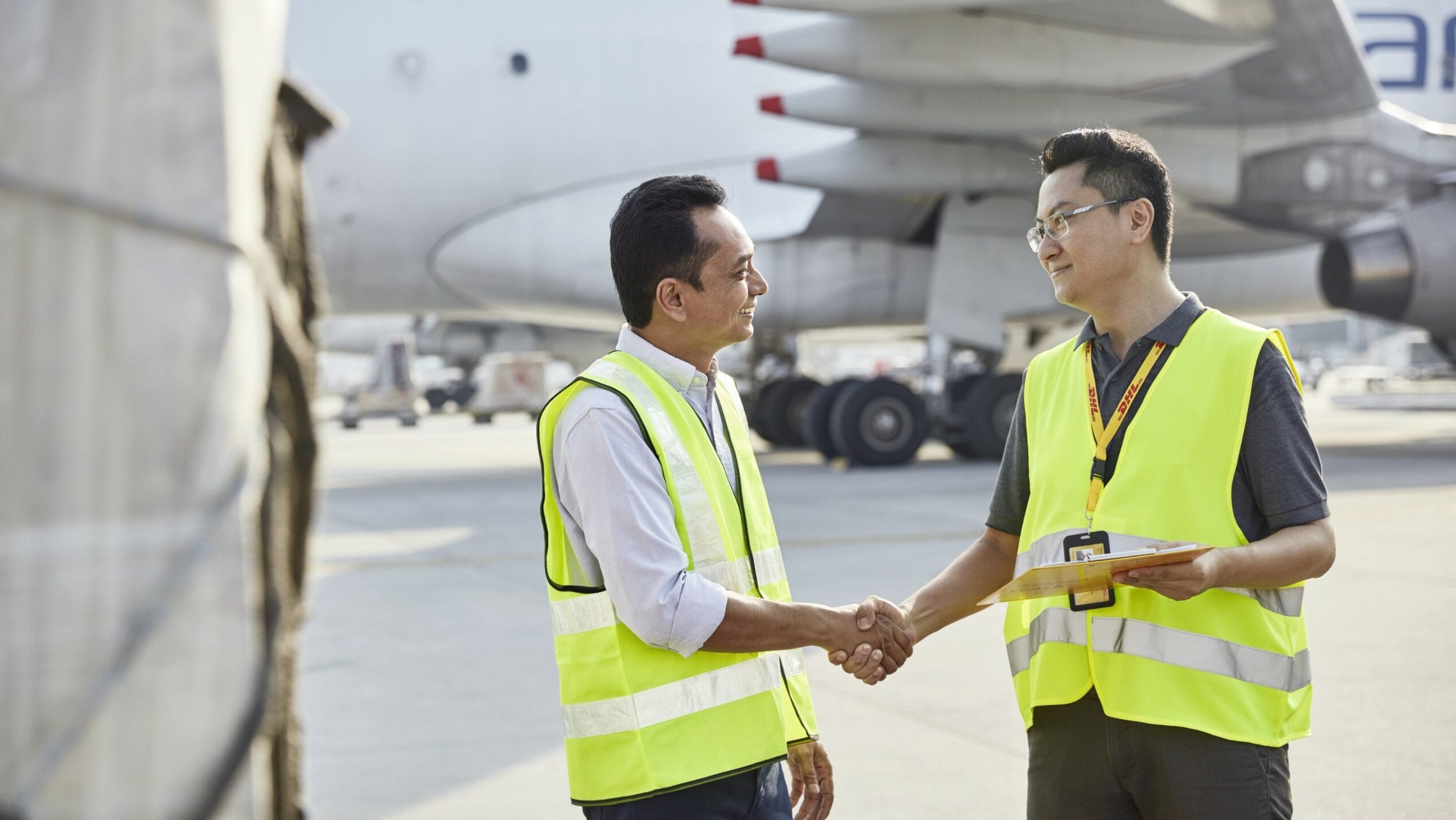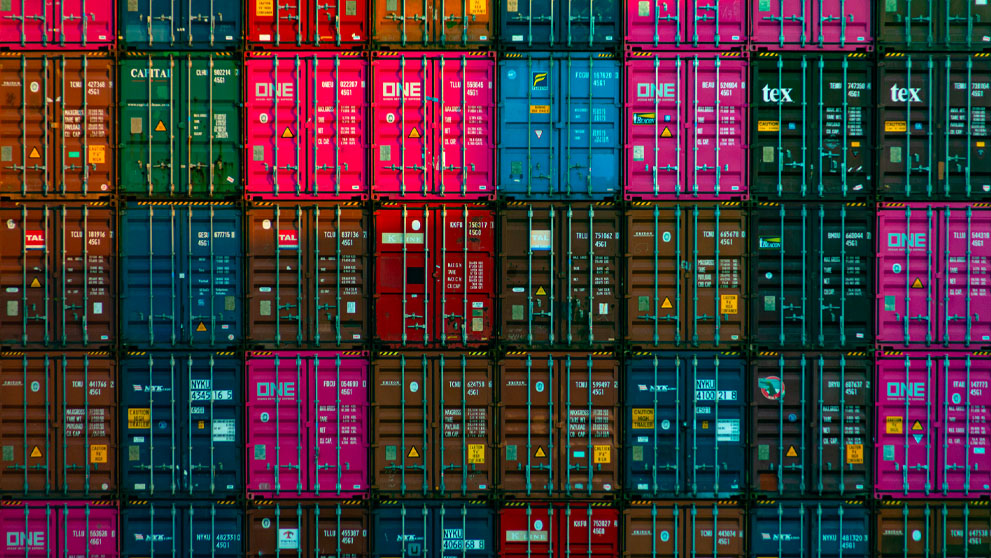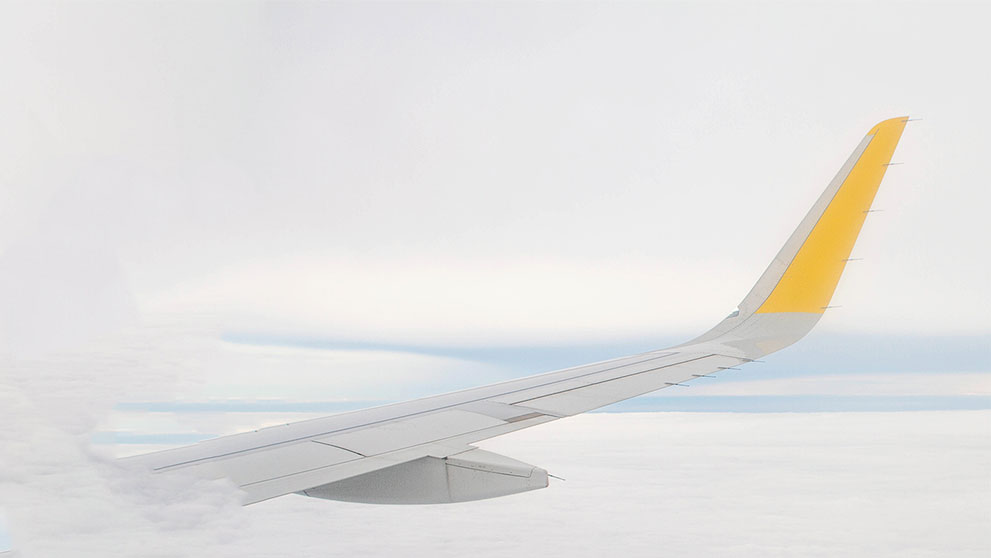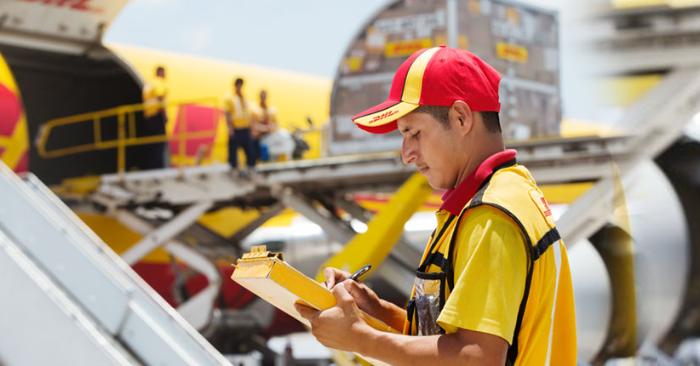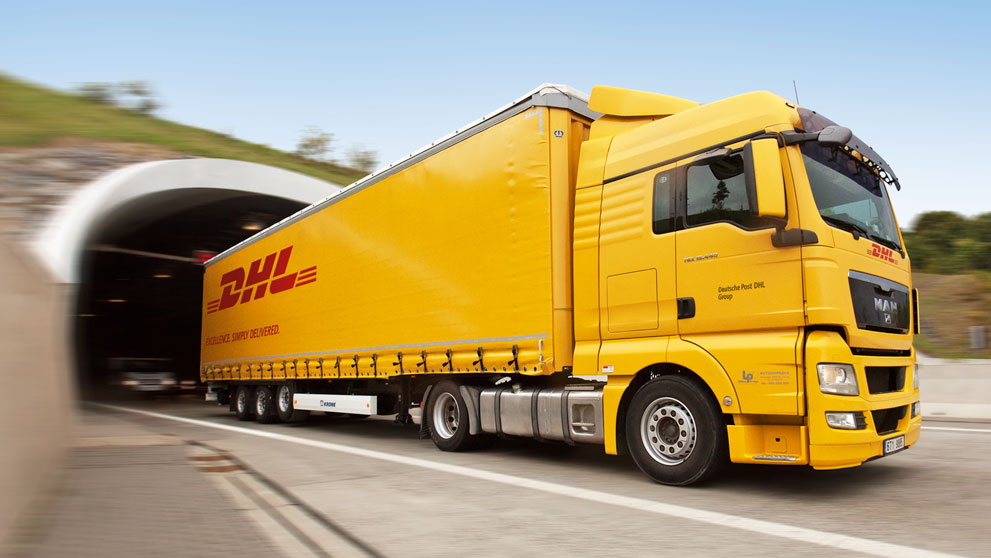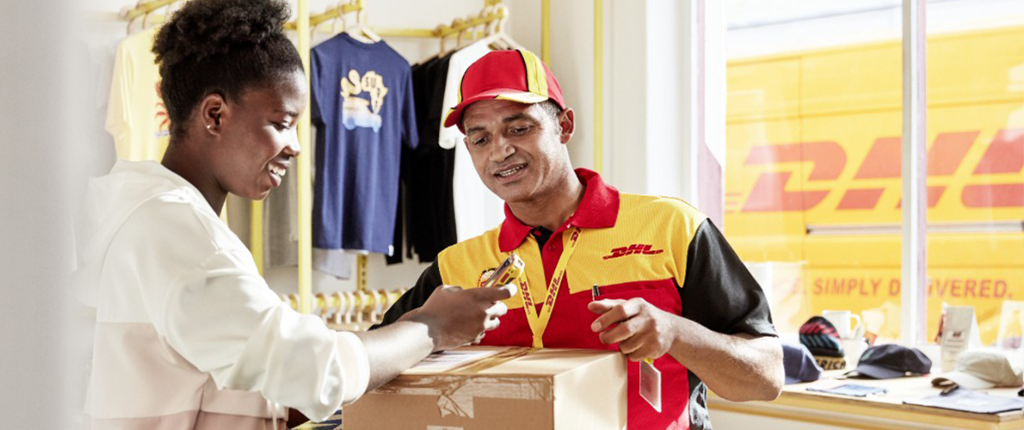Located in one of the most strategic locations in Asia, Singapore is one of the world's largest trading hubs today. It is a focal point of commercial activities and an attractive export destination for business merchants to import their goods; the hub boasts a high volume of imports daily. According to the Department of Statistics Singapore, imports into Singapore totalled S$545.9 billion.
For businesses looking to expand into Asia, Singapore can offer untapped potential and profitable ventures for your business. Expand your market share by marketing and selling your products to Singapore. To ship goods here successfully, business merchants will have to abide by customs processing procedures. This will also ensure you will not need to pay any unnecessary costs or experience a delay in shipping. Read on to find out how to manage your goods and obtain a smooth process.
What does the customs clearance process involve?
The customs clearance process is a vital, multi-step procedure that permits goods to be transported into a country. This is where a customs officer reviews the required shipping paperwork, such as the commercial invoice, air waybill and packing list, to have your imports cleared. In addition, as a shipper, you must also pay all duties or payments, such as the Goods and Services Tax (GST), before your goods can be cleared for import.
What are the steps for importing your goods?
To experience a stress-free process when importing, we have broken down the process to make shipping a hassle-free process for you.
Step 1: Register for a customs account
Before your goods can be imported into Singapore, you need an import permit. To obtain one, you can activate a Customs Account by registering with the Accounting and Corporate Regulatory Authority (ACRA) in Singapore, or an issuance agency to obtain a Unique Entity Number (UEN).
Step 2: Check the classification of your goods
Next, check if your goods are categorised as controlled or restricted goods in Singapore. To check if a good is restricted, search up the description, Harmonised Systems (HS) code or Competent Authorities (CA) product code in the Singapore Customs Database. If a good is subjected to control, you may check directly with the respective CAs on their licensing requirements. With a HS or CA product code, you can also calculate the duties and taxes you would be required to pay to import that particular product into Singapore
Step 3: Apply for inter-bank GIRO
For all duties, taxes, fees, penalties and other charges of services by Singapore Customs, you can make payment easily by maintaining an Inter-Bank GIRO (IBG) account. If you do not have an account, create one by submitting the IBG form and mailing it to the Singapore Customs’ address.
Step 4: Furnish security
Bear in mind that for goods that are dutiable, temporarily approved for import, and used to operate in licensed premises including warehouses and economical factories, you are required to furnish security for the transactions. To find out more, visit the security lodgement for more information.
Step 5: Obtain your permit
Next, you will need to obtain a customs import permit. To apply, pay a fee of approximately S$2.88 and submit your application through TradeNet.
Step 6: Prepare documents for cargo clearance
When preparing your shipment, having all the necessary documents in order would help to facilitate the customs clearance process and prevent any delays. If you are importing your goods through containerised cargo into Singapore by air or land, prepare to produce all relevant permits and documents, including commercial invoices or airway bills to the customs officers for verification. This step is not applicable if you are importing by sea.
What are some tips for an easier customs clearance process?
Apart from understanding the guidelines for importing, it is also useful to take other steps to ensure a successful shipment. This includes following the best practices of packaging as well as keeping up to date with current events that can affect your shipment. Use the following tips to clear customs smoothly.
Stay updated on ever-changing international trade laws and regulations
In the import and logistics industry, the laws are ever-changing, along with trends that are constantly emerging. Keep yourself abreast of these changes and understand major trends by reading the Singapore Customs Guide and studying the industry.
Ensure your goods are well-packaged
Packaging goods properly will also help to ensure they successfully reach their destination in the intended way. Not only can you clear customs faster, but you can also reduce the chances of your goods being mixed up during transit. In addition, with all the relevant information in place, the receiving port can easily process your shipment, and your imports will be good to go.
Ensure your documents are properly completed and attached
Besides well-packaged imported goods, don’t neglect your documents. Ensure all paperwork is completed with the correct details. Incomplete or incorrect paperwork will lead to more costs and delayed shipping. You will also have to pay for extra holding charges as your goods remain held in customs. To finalise the process, keep your documents properly attached to your goods in an easy-to-reach manner as well.
How can DHL Express help you clear customs?
Navigating through international customs can be a breeze when you work with an experienced logistics provider. By working with DHL Express, you can be assured that your imports will be handled by an experienced, professional and reliable team. In addition, our customs support services can remove any challenges and equip you with the proper knowledge of customs non-compliance risks and different types of import taxes. Apply for a business account to be assured of a smooth customs clearance process today.



